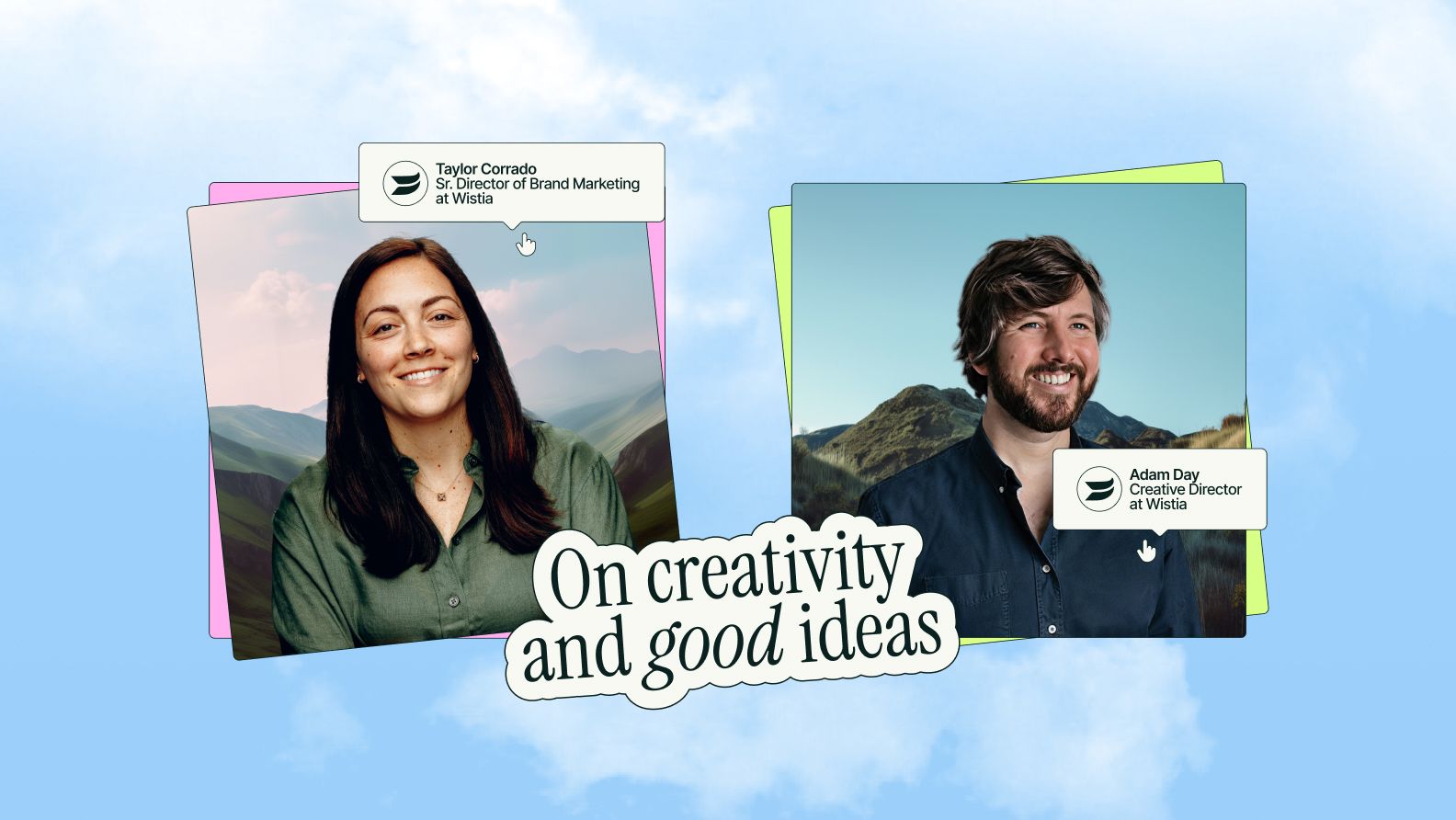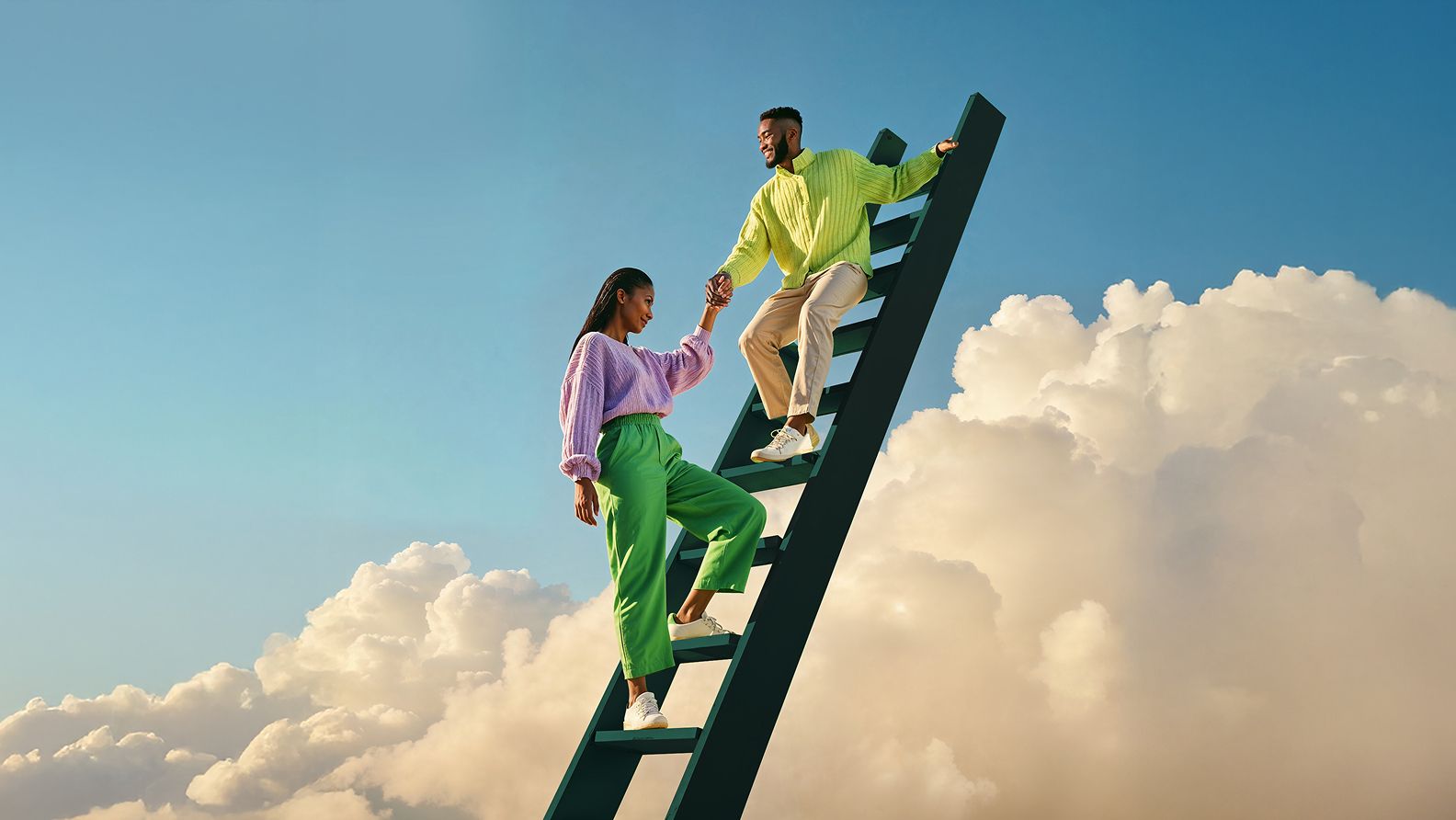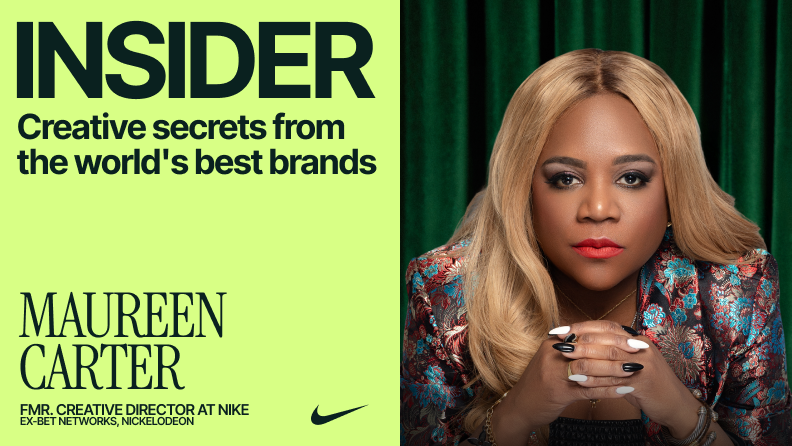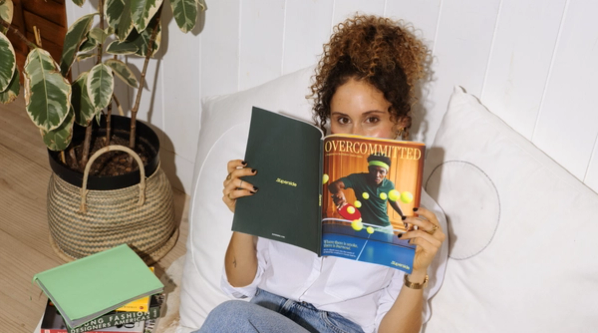Overcommitted, but still strategic

Dear Overstretched Creatives,
This deep dive, reflecting on the results of our Overcommitted Report and my personal experience leading in-house creative teams, is my love letter to you.
Yours in greater calm and creativity,
Jen Rapp
It’s not talent, technology or passion. As a marketing leader overseeing creative teams for the last ten years, the biggest problem in-house creatives face today is bandwidth. Now, more than ever, they’re asked to do more and build more—faster and with fewer resources.
Every creative team I’ve overseen from DoorDash to Klaviyo, even here at Superside, is maxed out—battling burnout as a group and as individuals. No wonder the survey results from our Overcommitted Report came back saying 76% of creative professionals felt burnt out and 78% of their teams felt the same way.
Overcommitted? It’s just another word for in-house teams
In-house creative teams serve many stakeholders. They’re the guardians of the brand and gateway to creative assets for the sales team, marketing teams, event teams, product teams, people teams and more. Anything that requires graphics, video or design, comes to the creative team.
Source: The Overcommitted Report
Popularity comes with a price
Would you like fries with that? The rise of digital media was one of the main reasons in-house teams came to exist. Instead of print, TV and radio campaigns, the number of channels and creative formats has exploded—like Big Bang-level expansion—and it just keeps growing. And the fact that it’s all online, means the people making the requests accidentally underestimate the amount of work involved in creating, editing and versioning creative.
Have you seen our new menu items? The move toward motion, video, AR and immersive experiences takes more time to produce and requires highly specialized skill sets. The battle for attention is getting epically harder and ad lifespans are shrinking to nanoseconds, driving the need for non-stop testing and iteration at the speed of light.
Next? Please pull up to the window… Here’s the catch: No matter how big or small they are or how efficiently they work, in-house teams inevitably end up as a bottleneck—a choke point between their KPIs and the entire company’s creative assets. All the work comes into one team, it’s all urgent—and there’s no way to get it all done.
Can I get a little help here?
Most creative professionals, 70% of them, feel that their team’s best talents are wasted on work that’s well below their skill levels and much less strategic to growth.
The solution: When these teams hit maximum capacity—which is always—they outsource. But, it’s far from a perfect solution—with 85% of teams thinking they need to do a better job choosing what they outsource and who they work with.
The problem: Even the best freelancers and agencies aren’t built for today’s digitally driven, AI-infused landscape. Starting from scratch and determining the best partner for each project is no way to scale. It’s likely why 51% of creative professionals have lost faith in traditional agencies. Honestly, I’m surprised that number isn’t higher!
Source: The Overcommitted Report
There has to be a better way!
The times they are a changing. While traditional service providers struggle to adapt, failing to deliver on speed, quality and communication (or address a plethora of other performance challenges)—partners like Superside, have risen to the occasion.
Before I joined Superside as CMO, I was also a customer. In 2021, my creative team at Klaviyo was seriously swamped. After exploring our options, we hired Superside. Why? What stood out to me was that Superside understood what it meant to step in and act like an extension of our in-house team.
They didn’t try to replace our expertise, they amplified it by serving as an extension of our team. Suddenly, we had a creative team serving our creative team. Our team was able to move faster, get more done and be more creative, without hiring more people or spending our limited budget on a fancy agency.
Ultimately, with Superside by our side, our creative team was no longer the “blocker.” Our internal stakeholders were happier—here’s looking at you Thuan Tran on our Growth Team and Josh Mendelsohn in Product Marketing—and our creatives were happier too.
Enjoy the Overcommitted Report. There’s hope for every overcommitted creative on the planet. We got you!
Superside Chief Marketing Officer, Jen Rapp has 20+ years of experience leading marketing teams and growing brands like Klaviyo, DoorDash, TOMS and Patagonia. She’s also an active rock climber, skydiver, mountaineer, paraglider, skier, Cessna pilot and proud mom. Connect with this full-time CMO and adventurer to talk about scaling design, mountains or both.
You may also like these

Results with heart: Inside Superside's empathy-fueled path to performance
Creative impact can’t be captured by a single metric or mood.But it is visible in results—and few understand this balance better than Superside's Gradwell Sears, Chief Creative Officer, and Josh Mendelsohn, Senior Director of Product Marketing. In our latest guide, Inside Great Creative Partnerships, Sears and Mendelsohn discussed how creative and marketing leaders must harmonize emotional resonance with measurable business performance to drive real impact.Spoiler: Results matter, but so do the people behind them. From ROI to vibes and empathy to partnerships that thrive, keep reading to see:Why creative is foundational to performance
Open doors, unlock ideas: Inside Wistia's creative partnership
An SNL-inspired twist on a classic campaign.An analogue book that’s shipped over 700 copies around the world.A TikTok series narrated by a psychic raccoon.Okay, that last one’s made up. But one thing’s for sure, the creative and marketing teams at Wistia don’t just bring the creativity—they crank it to eleven.That’s why we had to speak with them for Superside’s latest guide, Inside Great Creative Partnerships. Wistia’s Adam Day, Creative Director, and Taylor Corrado, Senior Director of Brand Marketing, were kind enough to oblige and spill their secrets, including:
Get off the conveyor belt: 22 leaders on the secret to great work
“It can’t be an assembly line. You have to bake in collaboration—brainstorms, thought starters—before your jump to production. That’s where the best ideas come from.”Kevin Branscum, Senior Director of Brand Marketing at Typeform, shared this thought when we interviewed him for our latest guide. And he wasn’t the only one. The concept of partnerships—true collaboration between marketers and creatives—came up over and over again as the lynchpin for any successful campaign.That’s why we called the guide, Inside Great Creative Partnerships.It digs into hard-earned, real-life lessons from 22 top creative and marketing leaders shipping great work, together. We’ve already spilled their number one secret. But there are many more big ones, like:The source of great ideas










